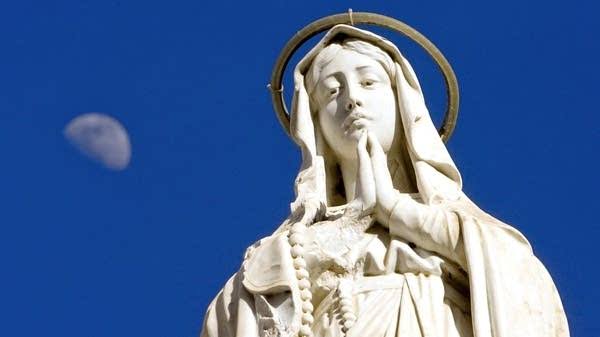
The Shocking Secret Behind *Ave Maria*: A Centuries-Old Mystery That Could Change Everything You Thought You Knew
For centuries, *Ave Maria* has been revered as one of the most beautiful and spiritually uplifting compositions ever created. Its haunting melody, paired with sacred Latin text, has echoed through cathedrals, concert halls, and countless private moments of reflection. But what if beneath its serene surface lies a secret so profound, so unexpected, that it could forever alter the way we perceive this timeless masterpiece?

Recently uncovered historical documents and cryptic musical notations suggest that *Ave Maria* may not be just a simple prayer set to music. Some scholars believe it holds a hidden message—one deliberately encoded by its composer, Franz Schubert, or perhaps even rooted in an older, more enigmatic origin. This revelation has sparked heated debates in academic circles, leaving both musicologists and conspiracy theorists scrambling for answers.
**The Mysterious Origins**
While many attribute the most famous version of *Ave Maria* to Schubert, composed in 1825, it’s crucial to note that he originally titled it “*Ellens dritter Gesang*” (Ellen’s Third Song) as part of his setting of Sir Walter Scott’s epic poem *The Lady of the Lake*. The Latin prayer was later superimposed onto Schubert’s melody, creating the version most people recognize today. But this is where things get strange.
A recently discovered handwritten manuscript, believed to be an early draft by Schubert himself, contains peculiar annotations—symbols that don’t correspond to traditional musical markings. Experts analyzing these symbols argue they resemble alchemical signs and esoteric codes used in secret societies of the 18th and 19th centuries. Was Schubert embedding a hidden message in his music? Or was he influenced by something—or someone—unknown to history?
**A Code Hidden in the Notes?**
Dr. Emilia Voss, a leading musicologist at the University of Vienna, claims the structure of *Ave Maria* reveals patterns too deliberate to be coincidental. “There are rhythmic anomalies and harmonic shifts that seem designed to draw attention to specific phrases,” she says. Voss’s team has been using advanced audio analysis software to decode these patterns, theorizing they could correspond to a cipher—a musical code that, when cracked, might reveal a message lost to time.
Some fringe theorists have gone even further, suggesting connections to ancient religious texts, secret societies like the Freemasons, and even mystical prophecies. Could *Ave Maria* be more than a prayer? Could it be a key to something far greater, hidden in plain sight for nearly 200 years?
**What Does It All Mean?**
While skeptics dismiss these theories as overzealous interpretations, the growing body of unusual evidence is hard to ignore. The Vatican has reportedly shown interest in the findings, though officials have declined to comment publicly, adding another layer of intrigue.
As the investigation continues, one thing is certain: *Ave Maria* is more than just a beautiful song. Whether it holds a secret message or not, its power to inspire wonder, curiosity, and even a little fear has never been stronger. Perhaps that’s the real mystery—that a simple melody can stir something so profound within us, leaving us to wonder: what else is hidden beneath the notes?
Leave a Reply